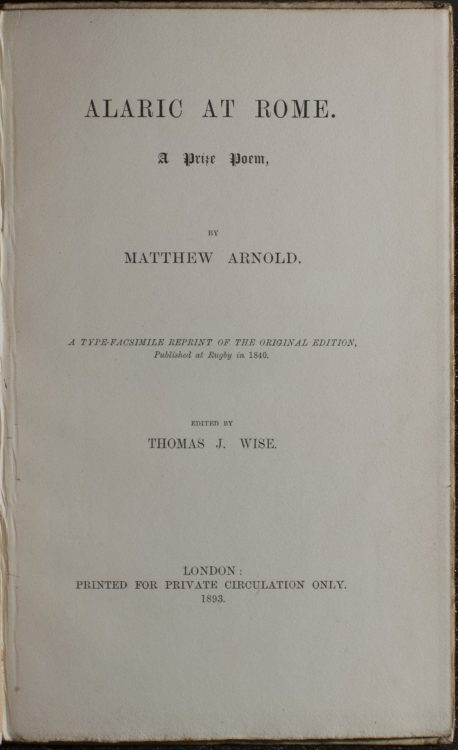Thomas J. Wise was a well-respected bibliographer. He was also a prolific and creative forger. Whereas most forgers try to imitate things that already exist, Wise invented entire imprints. He would select a real publication, and then print a new version that was falsely dated to look like it pre-dated the earliest known printing. Thus, he would create the “true” first printing of a popular text, usually presenting it as if it were a version that had been printed for private circulation among the author’s family and friends. Because of his reputation and standing, people believed him when he claimed to find these texts. They believed him when he cited them in his own bibliographies. And they believed him when he offered copies for sale.
R. H. Horne (1802-1884).
Galatea Secunda: An Odaic Cantata, Addressed to H.R.H. Prince Alfred, Duke of Edinburgh, on His First Arrival in the Colony of Victoria. Melbourne: Printed for Private Circulation, 1867 [actually, London: Richard Clay for H. Buxton Forman, ca. 1873-1884].
Wise produced many of his forgeries in collaboration with H. Buxton Forman (1842-1917), an English bibliographer and bookseller. Forman’s career as a forger predated his work with Wise, and Galatea Secunda is the very first of Forman’s creative forgeries. The poet R. H. Horne met Forman after returning from Australia, where he had lived for seventeen years. Forman oversaw the publication of Horne’s unpublished works, and almost all of these were conventional publications. However, for this piece, Forman printed it as though it had been published many years before in Australia. Galatea Secunda is a genuine piece of poetry by Horne and, as advertised on the title page, Horne did perform it for Prince Alfred (1844-1900) in Australia. Horne’s poem was never published in Melbourne, so there is no genuine example to compare and contrast the forgery to. The forgery was identified based on the fact that it uses the exact same typeface that was used by the London printer, Richard Clay, who also printed a number of other works for Forman. Additionally, the first recorded appearance of this piece comes from when it was sold by Forman in 1884. It is not clear why Forman chose to fabricate Galatea Secunda. Horne was not an especially popular poet at the time, and it did not sell for much, so there cannot have been a financial incentive behind it. Regardless of Forman’s motive, Galatea Secunda provided a template for the much more ambitious pieces that Wise and Forman went on to produce.
George Gordon Byron (1788-1824)
To a Beautiful Quaker. [London?:] J. Whittingham, [no earlier than 1833].
This pamphlet was formerly owned by H. Buxton Forman, and it remains unclear whether this is a genuine imprint or one of Forman’s early forgeries. The text on the title page – “written by Lord Byron, at the Crown Hotel, Harrowgate, 1806” – makes it sound like the pamphlet was also printed in 1806, but that is impossible: it is printed on paper that is watermarked with the date 1833. In a letter dated 1921 (shown to the right of this volume), Thomas J. Wise provided John A. Spoor, a previous owner of this pamphlet, with some its history. (Spoor, a Chicago businessman, purchased a great number of forgeries from Wise). Allegedly, Forman found the pamphlet in a bound volume full of various Byron pieces. He removed it with the intention of later having it rebound on its own. After Forman’s death, the pamphlet went missing, and Wise feared it had been destroyed.
This is the only recorded copy of this pamphlet and Wise’s letter is the earliest record of its existence. This could be a genuine imprint from sometime around 1833, but the association with Forman and Wise makes it suspect. Forman may have printed it. Wise, hardly the most trustworthy of people, could be lying about its provenance. Without further evidence about its origins, the pamphlet’s authenticity remains inconclusive.
Thomas J. Wise (1857-1937)
Autograph letter to John A. Spoor, April 19, 1921
Percy Bysshe Shelley (1792 – 1822)
Hellas: A Lyrical Drama. London: Charles and James Ollier, 1822 [actually, published for Thomas J. Wise, 1886.]
In 1886 Wise edited a facsimile printing of the first edition of Shelley’s Hellas. The regular version contains a title page that clearly identifies it as a facsimile, along with a series of introductory essays. This copy is one of three special editions that Wise had printed on vellum, a form of stretched animal skin that can be used as a writing surface. It lacks any of the sections that would identify it as a facsimile, and it has been bound so as to imitate the binding and format of the original 1822 publication. It’s not clear if Wise intended to have this copy bound as an exact replica or if it was produced as an intentional counterfeit. (Alternately, a subsequent owner may have excised the prefatory sections in order to pass it off as a counterfeit). If this copy is an intentional counterfeit, it is not a very convincing one, as a book printed on vellum would be atypical for the period. Vellum had been used as a writing surface for manuscripts in the Middle Ages and some of the earliest books were printed on paper and vellum, but this practice was discontinued long before Hellas was published. In the late nineteenth century, when this facsimile was printed, vellum was once again been used in print, but only as a way to produce special, luxury editions of some books.
Percy Bysshe Shelley (1792 – 1822)
Poems and Sonnets. Philadelphia: Printed for private circulation only, 1887. [Piracy, printed in London]
The first of Wise and Forman’s fraudulent publications, Poems and Sonnets is a piracy that was published under a false American imprint. The poems in question had previously appeared for the first time the previous year in Edward Dowden’s Life of Shelley. Wise and Forman invented an editor for their piracy, Charles Alfred Seymour, who was said to be a member of the Philadelphia Historical Society, which, like Seymour, did not exist. Years later, Wise would refer to Poems and Sonnets as nothing more than a joke, but it seems clear that the book was printed with an intent to deceive.
George Eliot (1819-1880)
Brother and Sister Sonnets. London: For Private Circulation Only, 1869 [actually printed circa 1888]
Brother and Sister Sonnets, one of the earliest known examples of Wise’s creative forgeries, prints a series of sonnets that first appeared in 1874 in The Legend of Jubal. Operating under the pretense that this was a private publication intended only for friends and family of the author, Wise presented it as though Eliot had published this under her given name, and not the pseudonym that she used for public consumption. The eleven sonnets printed here were composed in July 1869, which made it plausible that this was a hitherto unrecorded first printing. In reality, Wise had it printed under a false imprint sometime around 1888. His forgery received an added veneer of authenticity after he sold a copy to the British Museum, which accessioned and cataloged it in the belief that it was genuine.
Algernon Charles Swinburne (1837-1890)
Sienna. London: James Camden Hotten, 1868 [actually circa 1890]
With Sienna, Wise and Forman tried to print a counterfeit imitation of a genuine publication. In 1868, six copies of Sienna were printed to secure copyright. If successful, this forgery would have proved especially valuable, given the scarcity of the real publication. As of 1894, it had already been identified as a piracy in J. H. Slater’s Early Editions, based on the fact that the paper stock was different from that of the real printing. Additionally, a small typographical detail gives it away: the genuine version has a period after the name “Piccadilly” on the title page, whereas the forgery does not. Wise tried to do damage control by suggesting that his piracy was actually the first printed edition intended for public distribution.
Alfred Tennyson (1809-1892)
Idylls of the Hearth. London: Edward Moxon & Co., 1864 [actually, no later than 1896]
According to Wise and Forman, Idylls of the Hearth was an extremely rare, early variant edition of a very common Tennyson book, Enoch Arden (1869). In this copy, a previous owner inscribed a note that the Idylls of the Hearth title was cancelled at the last minute and that only three or four such copies survived. In reality, Wise and Forman simply printed a fake title page and bound it together with remaindered copies of Enoch Arden, creating a fairly ambitious forgery with a minimum of effort.
Thomas J. Wise (1857-1937)
Autograph letter to [Unidentified recipient, possibly Matthew & Brooks of Bradford, Booksellers], July 7, 1888.
Bruce Garland, Thomas Wise Collection
This letter contains some of the earliest documented evidence of Wise’s traffic in forgeries. Here, Wise offers to sell two Rossetti pamphlets, allegedly “the scarcest of all his writings,” to a firm of booksellers. One of them, Hand and Soul, is a legitimate publication. The other, Verses, 1881, is one of Wise’s inventions. Wise claims that Verses is the rarest of the two, and, while he is not sure just how many copies were printed, he can identify only four other collectors who own a copy. The forgery, though scarce, is nowhere near as rare as Wise claimed: the University of Delaware Library alone owns three copies, and at least nineteen other libraries worldwide record it in their holdings. But by overstating the scarcity of the book, he could make it seem all the more desirable. By claiming ignorance of the actual publication run, he also ensured that he could always provide more copies of the pamphlet if additional collectors came asking for it.
Dante Gabriel Rossetti (1828-1882)
Verses. London: Privately Printed, 1881 [actually, no earlier than 1884.]
Of the two poems printed in this forgery, one was first published in 1884; the other, circa 1869. This pamphlet uses the same type face that Wise used to produce two of his Kipling forgeries.
Algernon Charles Swinburne (1837-1909).
Dead Love. London: John W. Parker and Son, 1864 [actually, circa 1890]
Algernon Charles Swinburne (1837-1909).
Dead Love. London: John W. Parker and Son, 1864 [actually, printed by W. T. Spencer, circa 1890-1904]
Page proof for A Bibliography of the Writings in Prose and Verse of Algernon Charles Swinburne, with T. J. Wise’s handwritten notes and corrections, [1916]
Bruce Garland, Thomas Wise Collection
Thomas J. Wise (1857-1937).
Autograph letter to [unidentified recipient,] July 2, 1916.
Bruce Garland, Thomas Wise Collection
Swinburne’s short story, “Dead Love,” was published in Once a Week in October 1862. Sometime around 1890, Wise and Forman published a creative forgery that purported to be a pamphlet publication of the short story, published shortly before its appearance in Once a Week. Wise donated a copy to the British Museum, which cataloged it as if it were genuine. Wise also used his standing as a bibliographer to further authenticate his forgeries. Between 1897 and 1927 he published four bibliographies of Algernon Charles Swinburne. Alongside a great deal of accurate Swinburne scholarship, Wise also provided detailed (and fraudulent) bibliographic histories of the fake Swinburne pamphlets he had created. Because Wise was the expert on Swinburne, people believed him, and the forgeries went unquestioned for decades.
The volume of Dead Love shown of the left is one of Wise’s forgeries. The volume on the right, though almost identical, is actually a forgery of Wise’s own forgery. W.T. Spencer was one of the booksellers that Wise used to sell his pamphlets to a wider audience. Spencer was already known for engaging in shady practices and, in the case of Dead Love, he decided to print some of his own copies in imitation of the forgery that Wise had already created. Wise was furious when he learned of this. He went to great lengths to expose Spencer’s fraud, all the while complaining about the dangers that forgers posed to the book trade. The letter and page proof on display include some of his thoughts on the matter.
John Carter (1905-1975) and Graham Pollard (1903-1976)
An Enquiry into the Nature of Certain Nineteenth Century Pamphlets. London: Constable & Co., 1934.
For decades, Wise’s creations were generally accepted without question. Book collectors valued them as great rarities. The forgeries affected the scholarly understanding of these texts, since scholars could logically assume that the various texts had been privately circulated in print much earlier than was previously known. This changed dramatically in 1934, when two rare book dealers, John Carter and Graham Pollard, published An Enquiry into the Nature of Certain Nineteenth Century Pamphlets. Carter and Pollard had first grown suspicious of the privately printed edition of Elizabeth Barrett Browning’s Sonnets, allegedly published in 1847. They noted that there seemed to be few, if any contemporary references to the book. They observed that it was similar in form and layout to a number of other pamphlets that were circulating in the book-trade, many of which claimed to be privately printed several years before the earliest known printing of the works in question.
In their investigation, Carter and Pollard noted that some of the pamphlets printed textual revisions that had not existed when the pamphlets were allegedly published. They searched auction records and archival sources and failed to find contemporary references to them. Finally, they examined physical and chemical attributes such as the pamphlets’ typography and paper stock, which allowed them to confirm that the pamphlets had been printed using materials that did not exist at their alleged date of publication.
Carter and Pollard did not go so far as to accuse Wise of creating the forgeries. All signs pointed to him: he had been the foremost one discovering and championing these pamphlets for many years. Lacking any irrefutable proof that Wise was the forger, a published accusation could have left them open to charges of libel. Instead, they suggested that he had been duped by a forger. Pollard spoke with Wise prior to the book’s publication, so as to share his and Carter’s findings. The conversation ended with Wise screaming at Pollard.
Elizabeth Barrett Browning (1806-1861)
Sonnets. Reading: Not for Publication, 1847 [actually, no earlier than 1880-1883]
Carter and Pollard singled out the Browning Sonnets as the most important of Wise’s forgeries, both for its literary appeal and for the fact that it was by far the most expensive of Wise’s creations. Elizabeth Barrett Browning had written “Sonnets From the Portuguese” to her future husband, Robert, during their courtship. The Brownings were enormously popular with the Victorians, and, by falsifying the history behind the “Sonnets” publication, Wise and Forman were rewriting the biography of a literary celebrity.
“Sonnets From the Portuguese” were first published in 1850, in Browning’s Poems. In 1894, the scholar Edmund Gosse reported a story (probably fed to him by Wise) that Elizabeth, at Robert’s insistence, had actually first had the “Sonnets” published privately by a friend, Mary Russell Mitford. With this story was in circulation, Wise and Forman had a plausible basis for their creation. They claimed they had found a small cache of the privately printed Sonnets in the library of Dr. W. C. Bennett and, for forty-five years, this story went largely unquestioned. However, upon researching the matter, Carter and Pollard could not locate a single contemporary reference to the 1847 edition’s existence. More importantly, a physical and chemical analysis of the book demonstrated that it was impossible for it to have been printed in 1847. The typeface used in Sonnets was one that had been first introduced sometime between 1880 and 1883. The book was printed on paper that had been made either from esparto grass (first used in 1861) or from chemical wood (first used in 1874).
This copy of Sonnets was formerly owned by John Carter. Carter’s employer, the firm Charles Scribner, gave him the book as a wedding gift.
Paper analyst’s photograph, undated.
Bruce Garland, Thomas Wise Collection
This photograph is of a paper sample cut from John Carter’s copy of the 1847 Browning Sonnets. It shows the chemical wood fibers found in the paper specimen, demonstrating that the book was printed on a type of paper that did not exist until 1874.
John Carter (1905-1975)
Autograph letter to [David] Randall, December 4, 1933
Frank W. Tober Collection on Literary Forgery
In this letter, Carter mentions his upcoming expose, though without going into details about who or what it is about: “Pollard […] and I are just putting the finishing touches on what I hope and believe will be the bibliographical sensation of 1934. The book is provisionally titled A Wholesale Forgery Exposed […] It’s a sort of cross between a detective story and a preces verbal, with a dash of McKerrow and Robert Proctor; and 50 prisoners in the dock.”
Matthew Arnold (1822-1888)
Alaric at Rome. A Prize Poem. London: Printed for Private Circulation Only, 1893.
Mark Samuels Lasner Collection
Although not a forgery itself, Alaric at Rome supplied some of the physical evidence that exposed Wise’s forgeries. This book, a facsimile of an 1840 imprint, was edited by Wise and published by Richard Clay and Son. Upon examining this book, Carter and Pollard noticed that the typeface used on the title page was identical to the one used in the 1847 Browning Sonnets. This led them to conclude that Clay and Son had printed the Sonnets as well, thus providing a crucial piece of evidence in their investigation.

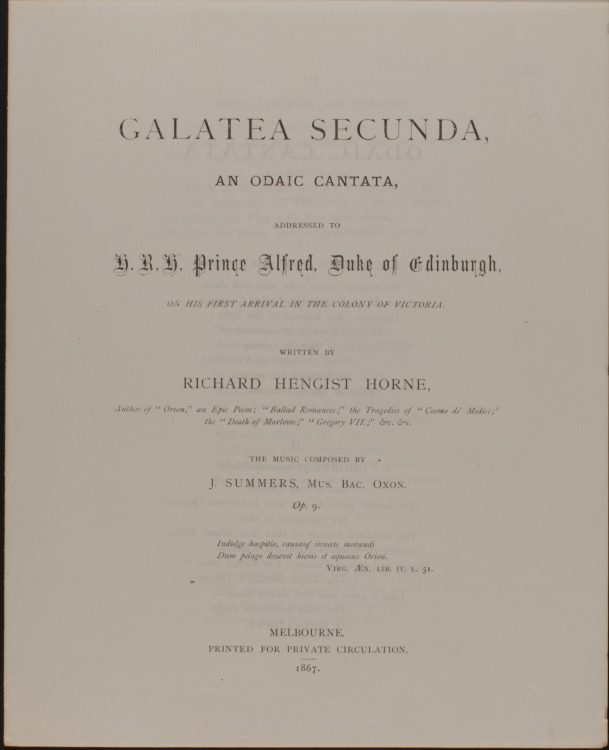

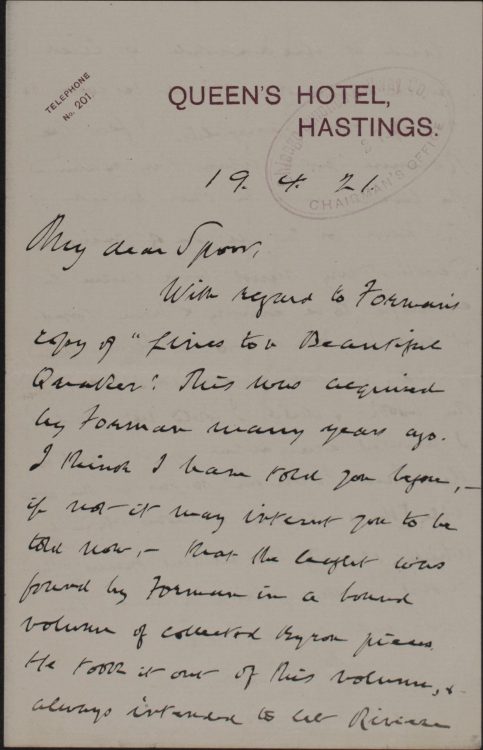

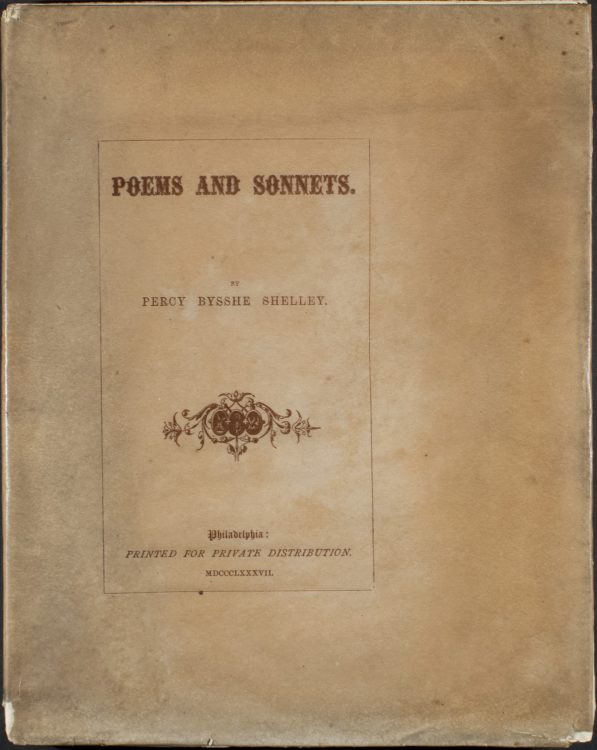
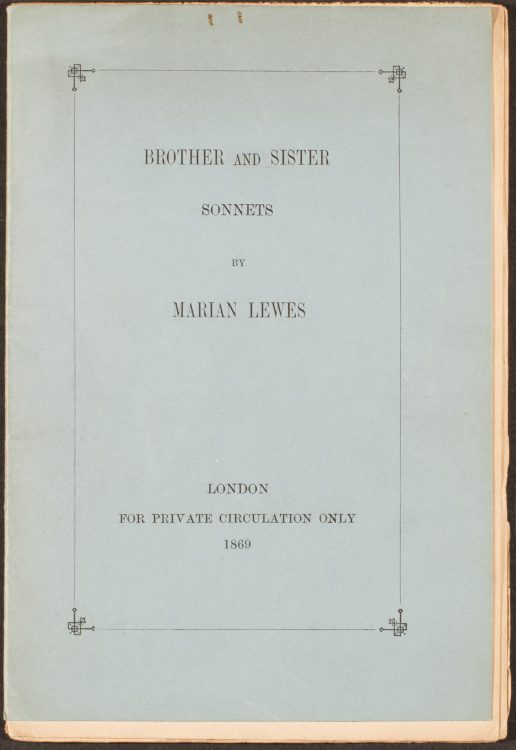

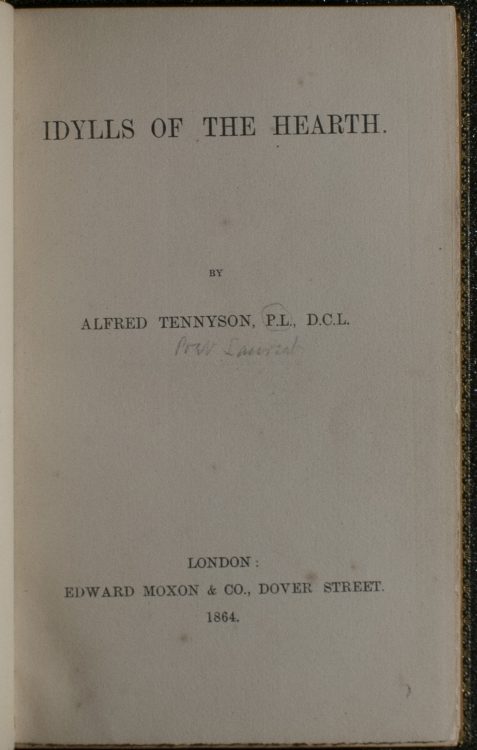
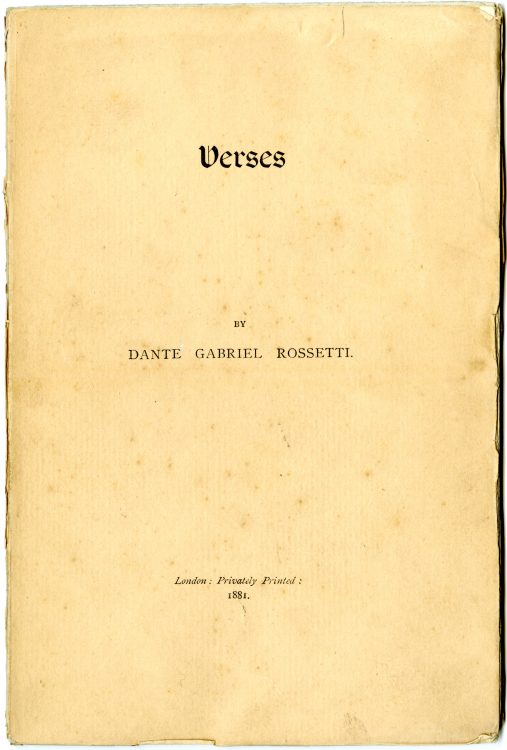
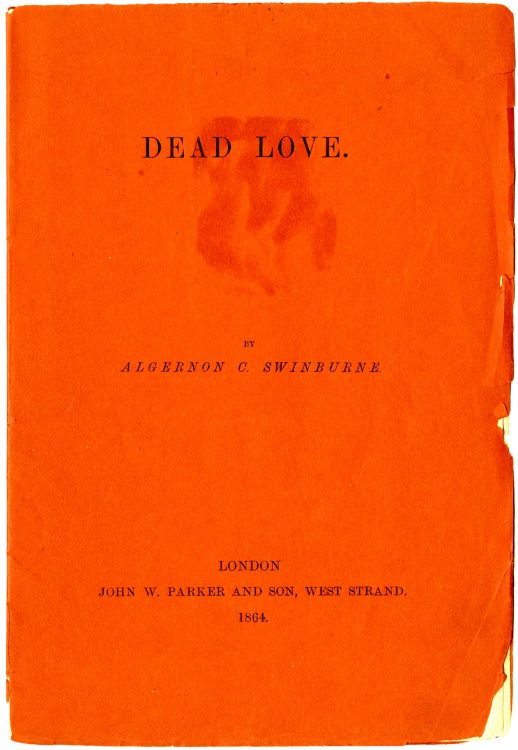
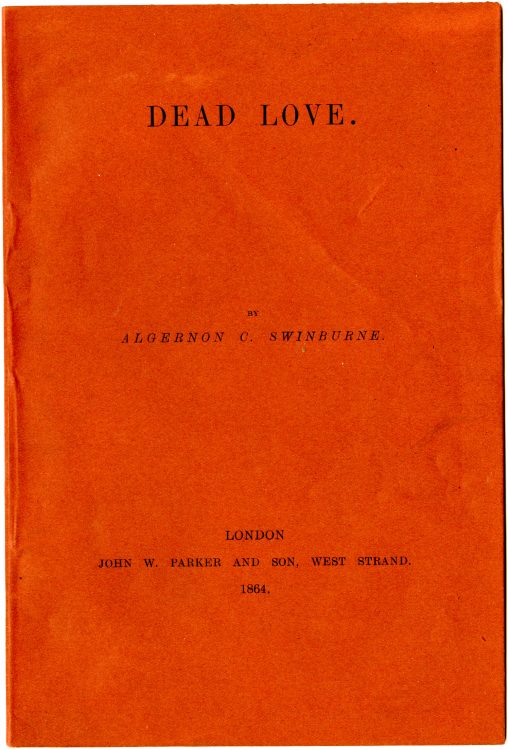

![Thomas J. Wise (1857-1937). Autograph letter to [unidentified recipient,] July 2, 1916. Thomas J. Wise (1857-1937). Autograph letter to [unidentified recipient,] July 2, 1916.](https://exhibitions.lib.udel.edu/things-arent-what-they-seem/wp-content/uploads/sites/20/2020/01/Thomas-J.-Wise-1857-1937.-Autograph-letter-to-unidentified-recipient-July-2-1916.-e1579643034831.jpg)
![Thomas J. Wise (1857-1937). Autograph letter to [unidentified recipient,] July 2, 1916. (verso) Thomas J. Wise (1857-1937). Autograph letter to [unidentified recipient,] July 2, 1916. (verso)](https://exhibitions.lib.udel.edu/things-arent-what-they-seem/wp-content/uploads/sites/20/2019/10/verso-e1579643166638.jpg)


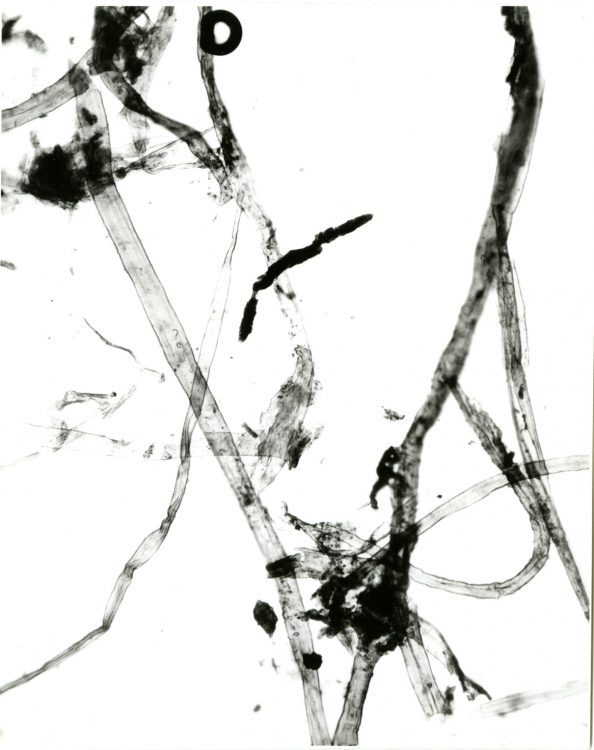
![Autograph letter to [David] Randall Autograph letter to [David] Randall](https://exhibitions.lib.udel.edu/things-arent-what-they-seem/wp-content/uploads/sites/20/2019/10/randall-e1579643192284.jpg)
